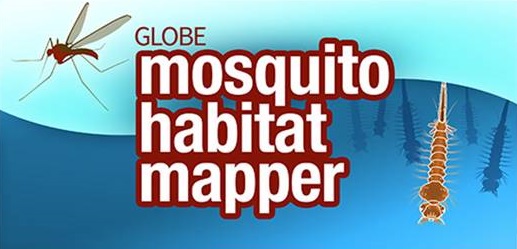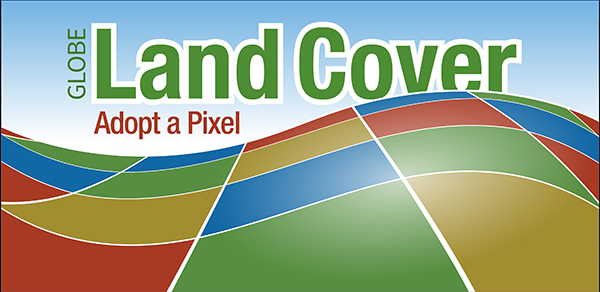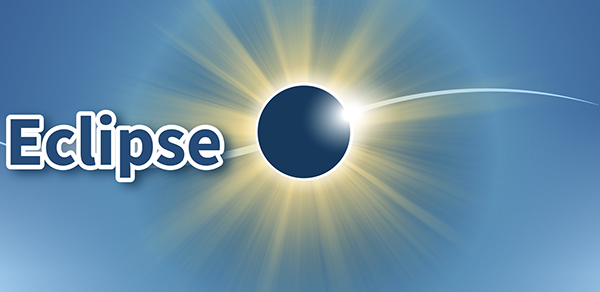Libraries - GLOBE Observer
Library Guide
Shortlink to this page: https://observer.globe.gov/libraries
Sample Library Programs
Following are programs created and suggested by our partners that can serve as inspiration to create additional library programs. The examples mix and match resources from the GLOBE Observer Toolkit for Informal Educators where we’ve collected hands-on activities, videos, booklists, and promotional materials.
Programs by protocol
Clouds
Queens Public Library (QPL)
QPL Teams Up With NASA To Study Clouds
Audience: Children (ages 4+) and their families
Length: Flexible – This can be a stand-alone program focused on observing clouds or a short addition to an existing program (e.g., added to storytime or a program featuring games).
Description: Queens Public Library (QPL) is collaborating with the NASA GLOBE Clouds team to engage children and their families in learning to identify different types of clouds. This blog describes programs and adaptations that librarians have developed with NASA for using The Clouds Dance and Sky Window (English and Spanish) in different programs. Includes a list of resources (English and Spanish) for library programs, including books, hands-on activities, podcasts, and a webinar.
Source: https://www.queenslibrary.org/about-us/news-media/blog/3321
Los Angeles Public Library (LAPL)
Audience: Families and school-aged children (5+)
Length: 90-120 minutes, which could be broken up into a series of two to three shorter sessions
Description: Learn about three aspects of clouds– height, cover, and type–and their effect on precipitation, weather, climate, and temperatures. Understand cloud formation through the “cloud in a jar” STEM activity. Understand why scientists are studying clouds and how participants can help scientists by collecting data using the GLOBE Observer app.
Source: LAPL Neighborhood Science Toolkit
Audience: Ages 13 to adult
Length: Patrons can check out kits for two weeks, with a longer check-out period available for teachers
Description: LAPL Created these circulating kits to make participation in Neighborhood Science projects available to community members who can’t attend their live programs, or who want to learn about and contribute to the projects at their own pace. See their tips for creating kits and visit the kit page for a list of contents, safety rules, useful tips, connections to Next Generation Science Standards, and relevant U.N. Sustainable Development Goals.
Source: LAPL Neighborhood Science Toolkit
STAR net Libraries
Audience: Ages 8+
Length: 30 minutes to 1 hour
Description: Includes suggestions for a Cloudscape art activity, starting a cloud journal, quick start programs, take & make activities, and virtual program
Mosquitoes
LaSalle Public Library
Neighborhood Walks
Audience: Families and adults
Length: 1 hour
Description: GLOBE Mosquito Habitats is a favorite with families; we have hosted GLOBE Mosquito Habitats in a nearby nature preserve where participants have set and examined traps, still water areas, and streams. On neighborhood walks, participants have identified unwanted mosquito habitats throughout the community. Because LaSalle is a river town, many of these unwanted habitats are found in debris along the Illinois River. Our programs place special emphasis on litter clean-up to remove unnatural habitats. These outdoor activities are paired with indoor programs that teach participants about the life cycle of mosquitoes, their appearance at each stage, the diseases related to mosquitoes as vectors, both locally, and around the world.
Activities used: Build a Mosquito Trap (video demo, activity, and handout for participants), Mosquito Habitat Audit
Los Angeles Public Library (LAPL)
Mosquito Habitat Mapper Program
Audience: Families and children age 7+
Length: 90-120 minutes, which could be broken up into a series of two to three shorter sessions
Learning Goals: Understand why scientists are studying mosquitoes. Learn about mosquito anatomy and types, mosquitoes as disease vectors, and how to identify and remove mosquito habitats. Find out how to help scientists by collecting data on local mosquito habitats using the GLOBE Mosquito Habitat Mapper tool.
Source: LAPL Neighborhood Science Toolkit
DIY Circulating Kit: Mosquitoes
Audience: Ages 13 to adult
Length: Patrons can check out kits for two weeks, with a longer check-out period available for teachers
Description: LAPL Created these circulating kits to make participation in Neighborhood Science projects available to community members who can’t attend their live programs, or who want to learn about and contribute to the projects at their own pace. See their tips for creating kits and visit the kit page for a list of contents, safety rules, useful tips, connections to Next Generation Science Standards, and relevant U.N. Sustainable Development Goals.
Source: LAPL Neighborhood Science Toolkit
SciStarter
Library Kit Building Guide: Mapping Mosquito Habitats
Audience: Adults, or children with the help of an adult
Length: Determined by library
Description: This kit introduces participants to the Mosquito Habitat Mapper, and includes resources used to sample water and magnifying tool for observing and identifying mosquito larvae. Download the Mapping Mosquito Habitats Build-A-Kit Guide for a supply list and information on how to train your staff, catalog, and promote the kit with your community. Ideas are provided for establishing partnerships and planning events.
Land Cover
LaSalle Public Library
Neighborhood Land Cover Walks
Audience: Families and adults
Length: 1 hour
Description: LaSalle Public Library has hosted programs that include neighborhood walks that incorporate GLOBE observations. One challenge the library has encountered is finding a location that includes several types of land cover for participants to analyze. We decided to use our local canal park, on the edge of town, to see man-made land covers, as well as natural covers.
For this program, we taped the land cover guide to the back of a clipboard with the correct number of record sheets printed. We then put the clipboards in a 5-gallon bucket along with a stopwatch and some pencils. The reason we used buckets while taking our walk was to provide immediate seating for any individuals that needed to take breaks while we were making our observations (the buckets became seats when turned upside down). Participants worked in teams with one person keeping time during walk intervals and another recording and/or carrying the bucket. Our walk, anticipated at 30 minutes, took much longer because our participants were also making impromptu cloud observations while we were walking. Our walk site was on a walking trail alongside a canal, which led from the edge of town out into rural, natural areas, giving participants many different types of land cover to observe. If your participants are using the app for the first time, or you have a short amount of time, you may want to plan a walk to a location with only one or two types of land cover.
When working with diverse ages (as many libraries do) accounting for diverse abilities during the walk needs to be considered. We used buckets for older individuals who wanted to participate, but had trouble being on their feet for longer periods of time. Another way to approach this issue might be to take walks where there are intervals with benches, or send groups out in different routes with options for rest or shade. An adaptation to practice identifying land cover could be to use Google Earth to take a virtual walk and practice identifying the different land cover types (but don’t record these practice observations in the app).
Activities used: Land Cover Walk Activity Guide
Supplemental Resources:
Land Cover Quick Facts for Informal Educators: These include several frequently asked questions that patrons may ask.
Land Cover Type Quick Reference Guide: Review different land cover types using this reference sheet that includes example photos and tips.
Taking Land Cover Observations: includes a short video overview, tips and tricks, FAQs and a tutorial related to taking observations.
Trees
Los Angeles Public Library (LAPL)
Audience: Families and children age 7+
Length: 90 minutes, which could be split into a series of two shorter sessions
Learning Goals: Use tape measures and clinometers to measure tree circumference, height and canopy cover, and collect and share data with scientists using the GLOBE Observer app. Understand how these measurements reflect tree health, and how the presence and health of trees contributes to human and ecosystem health.
Source: LAPL Neighborhood Science Toolkit
DIY Circulating Kit: Urban Heat Island and Trees
Audience: Ages 13 to adult
Length: Patrons can check out kits for two weeks, with a longer check-out period available for teachers
Description: LAPL Created these circulating kits to make participation in Neighborhood Science projects available to community members who can’t attend their live programs, or who want to learn about and contribute to the projects at their own pace. See their tips for creating kits and visit the kit page for a list of contents, safety rules, useful tips, connections to Next Generation Science Standards, and relevant U.N. Sustainable Development Goals.
Source: LAPL Neighborhood Science Toolkit
LaSalle Public Library
Gratitude/Kindness Rocks Program
Audience: Ages 6 to adult
Length: 30 minutes to 1 hour
Description: Connect science and art using GLOBE Trees to extend popular rock painting into your library STEAM program. Rocks provide an endless canvas for creativity – this article provides ideas to get started.
Eclipse
GLOBE Eclipse Resources for Libraries
GLOBE Eclipse is a temporary tool in the GLOBE Observer app that is only opened when a solar eclipse is happening somewhere in the world. The Eclipse tool will prompt you to take air temperature measurements, as well as observations of sky conditions using the Clouds tool. This collection of activities and resources are useful for creating library programs related to a solar eclipse.









